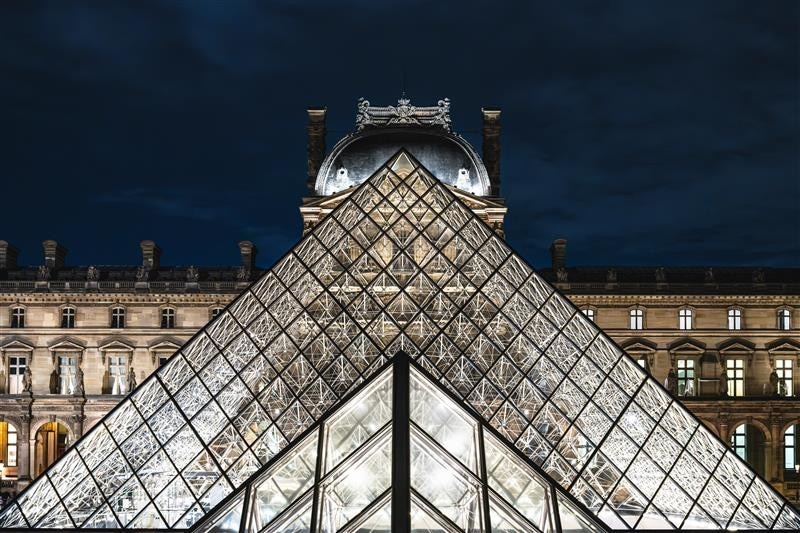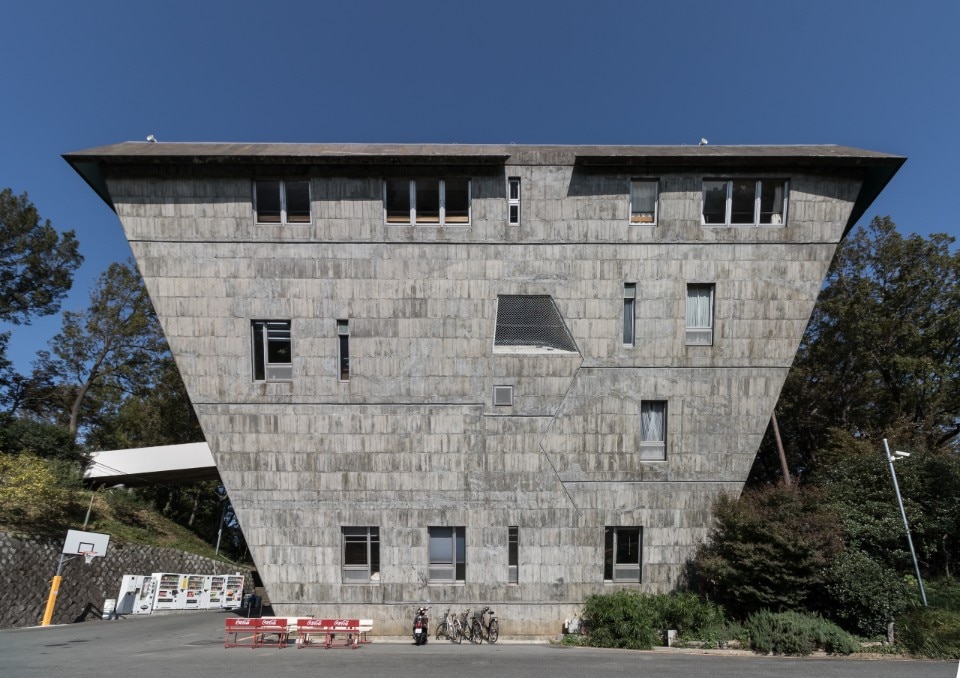From the plain of Giza to Yucatán, from China to Sudan, the pyramid crosses paths with the history of mankind with multiple declinations according to cultures but following a fil rouge: whether it is a funerary monument (as in Egyptian, Chinese and Nubian cultures), a sacrificial temple (as in Mesoamerican cultures) or an emblem of initiatory processes (as in the case of Masonic rites), the solid with its square plan anchored to the earth and its four triangular faces converging in the vertex at the top is, always and in any case, an “axis mundi”, the unchanging archetype of a link between earth and sky and of a connection with the Transcendent.
Beyond the symbolic-esoteric meanings, the pyramid construction presents several advantages in architecture. For the building science, the pyramid is an “exemplum mirabile” of Vitruvian “firmitas”, being isostatic by its very shape; in densely built-up urban contexts, the volume fading upwards softens the volumetric impact on neighbouring buildings.
Throughout history, the traditional load-bearing masonry system, with its mighty masses and reduced openings, has gradually been replaced by framed solutions (in reinforced concrete or steel) that have made it possible to lighten the weight and cost of construction and to free the façades from structural constraints, paving the way for unprecedented elevation studies.
We propose a selection of contemporary works expressing the ancient fascination of the pyramid and interpreting it differently, depending on contexts and expressive languages: from the “monoliths” that, since Brutalism onwards, highlight the massive and genuine character of pure and essential geometries in exposed reinforced concrete (Philipp Quinquet, Arrigo Arrighetti, Rinaldo Olivieri, Rino Levi, Baikdoosan Architects & Engineers, MVRDV) and sometimes defy the laws of statics by turning “upside down” (Oscar Niemeyer, Takamasa Yoshizaka, Stefan Svetko et al.); to works that dematerialize surfaces and interact with transparencies (Hemingway, Pei), light reflections (Foster + Partners) and geometric deformations (BIG), bringing the statically “immobile” archetype to deal with the expressivity of light and iridescent materials.

























